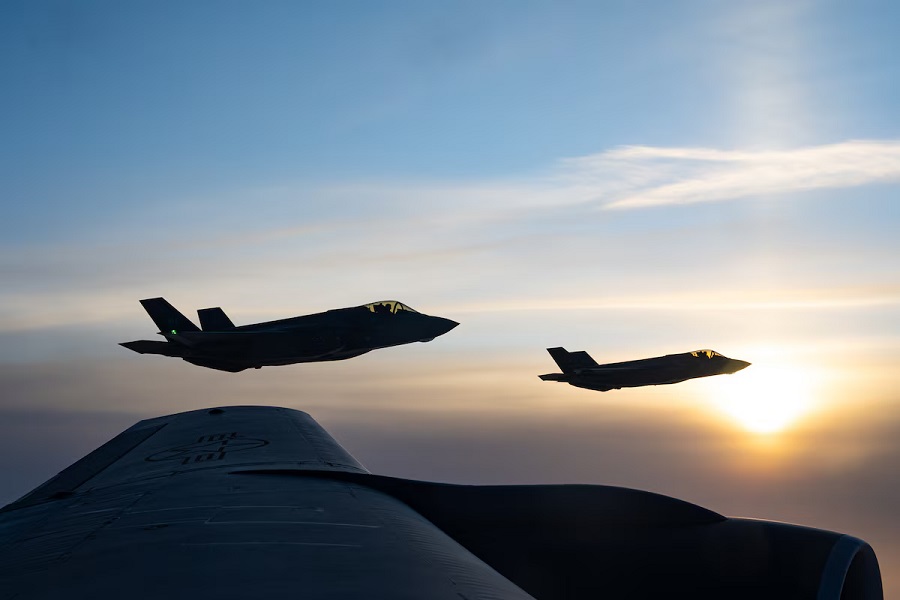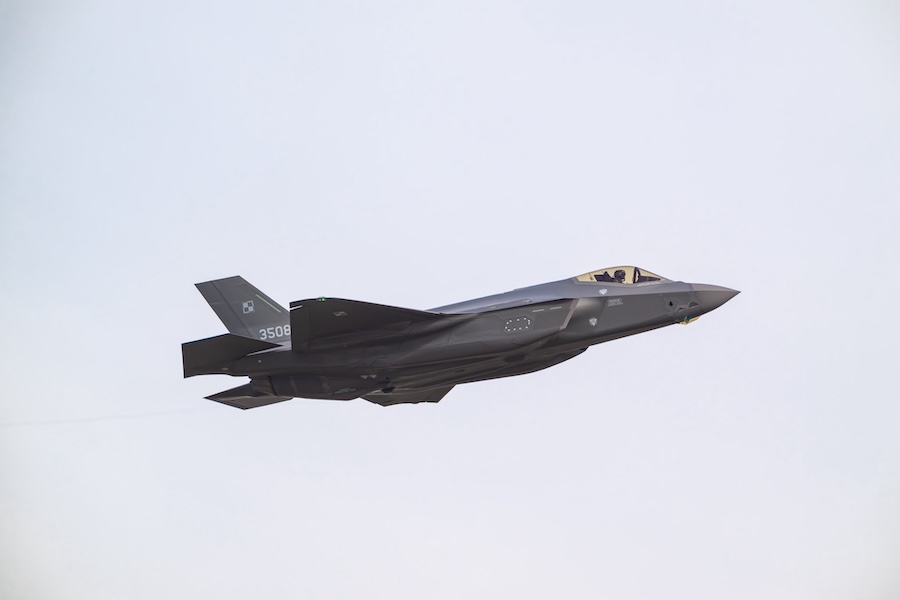The exercise featured a formidable lineup of air assets, including Norwegian F-35 Lightning IIs and P-8 Poseidons, U.K. F-35 Lightning IIs, Eurofighter Typhoons, and an RC-135 Rivet Joint aircraft. The U.S. contributed B-52 Stratofortresses, KC-135 Stratotankers, a U-2 Dragon Lady, and F-35 Lightning IIs, all operating seamlessly alongside Norwegian ground forces and special units.
“Multi-domain integration is essential for leveraging the full spectrum of capabilities,” said General James Hecker, U.S. Air Forces in Europe – Air Forces Africa commander. “It creates a more adaptable, resilient and precise military force capable of addressing diverse and evolving threats across the battlespace.”
A core component of the exercise was the Find, Fix, Track, and Target (F2T2) method, which enabled precise engagement of simulated enemy targets in Norway. Norwegian joint terminal attack controllers on the ground coordinated live-weapon drops, demonstrating the ability to synchronise advanced air and ground capabilities with precision.
“This training event demonstrates the ability of the Norwegian Armed Forces to integrate with and leverage cutting-edge capabilities provided by the U.K. and U.S. in multi-domain operations,” said Brigadier General Tron Strand, commander of Norway’s Joint Air Operations Center. “Together we are a credible deterrent, and if required, we are ready to defend the Arctic region.”
Fifth-generation aircraft like the F-35s played a pivotal role in the exercise, using their data-sharing capabilities to create a unified tactical air picture. Pilots from all three nations exchanged real-time information, showcasing the aircraft’s value as a force multiplier and enhancing collective decision-making during the simulated combat scenarios.
“Interoperability is vital to the defence of NATO’s northern flank,” said Group Captain Hannah Bishop, head of operational plans for the Royal Air Force. “This exercise has demonstrated important enduring strengths of our alliance: our ability to understand how each other operates, to share critical information quickly, and to work seamlessly with each other.”
The exercise also highlighted logistical innovations such as air-to-air refuelling provided by an RAF Voyager in the Norwegian Sea. This allowed RAF aircraft to remain airborne longer without landing, ensuring continuous operational effectiveness during the mission.
General Hecker emphasised the strategic importance of the Arctic region, noting, “The Arctic is a critical region for our collective security and global stability. Training with our Norwegian and U.K. Allies in this environment demonstrates our shared commitment to defending NATO’s northern flank and adapting to emerging threats.”
Source: U.S. Air Forces in Europe – Air Forces Africa Public Affairs.



























